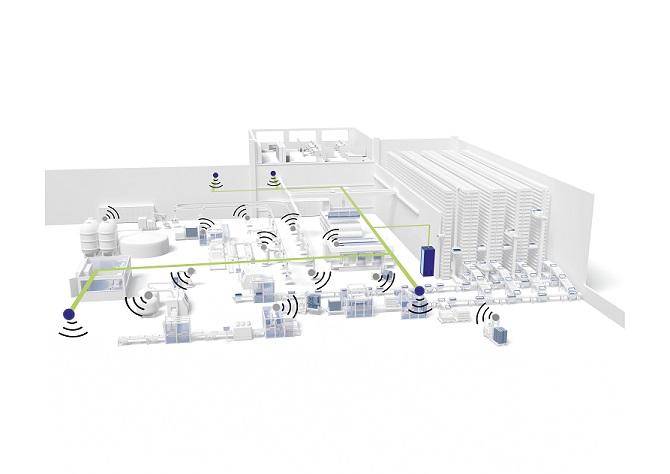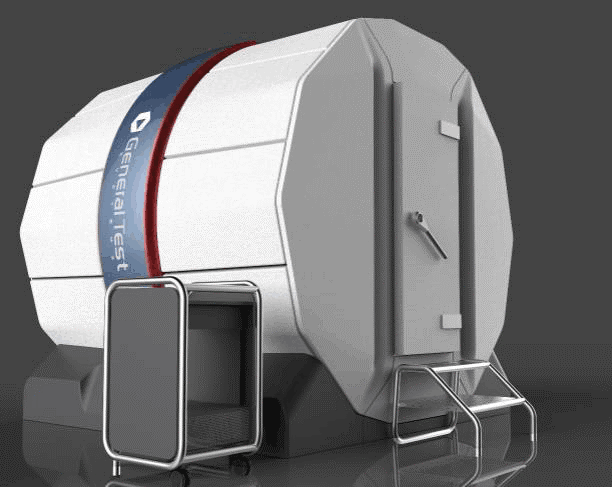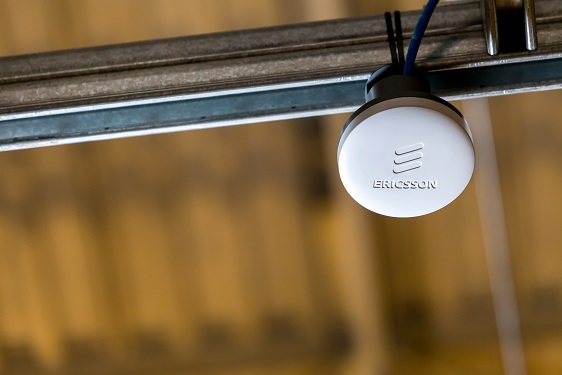Since the mid-1990s, industrial communication technologies have been increasingly oriented towards mainstream technologies. These mainstream solutions – in part adapted – have been incorporated into the automation tasks of the manufacturing industry. Examples of this include Ethernet and WLAN technology, but also the industrial PC, says Alexander Bufalino, VP marketing, Quectel Wireless Solutions Co.,Ltd.
One reason for this trend is the economies of scale that can, for example, be achieved by using standard technologies from the IT and office environment that make it possible to fall back on more cost-effective hardware such as chips and devices. Another reason is that mainstream technologies are backed by an enormous number of researchers and developers, who provide engineering performance that would not be feasible to address the needs of a single industry.
The situation is similar with mobile communication technology. It originates from ICT (information and communication technology) and has been used in its evolution, first for voice communication and later more and more for data communication. Today, this technology focuses on fast, wireless data communication, not only locally, but in combination with the Internet, it’s a truly global communication network that can be used from almost anywhere in the world.
Success in non-critical monitoring
The industrial automation (IA) industry has also tried to use cellular technologies (2G, Edge, 3G, LTE, and others) for their applications over the last 10-15 years. Successful applications have been in particular in non-critical monitoring tasks and in remote maintenance of machines and plants.
However, the previous generations of mobile technology have been focusing on mobile broadband use cases for the public smartphone user. Handling critical automation use cases in previous generations of public mobile networks brings several challenges for example in the areas of latency, the speed at which an event is passed on, and determinism, the certainty with which the above-mentioned event is passed on. In addition, the transparency and diagnosis of mobile communications has mostly fallen short of IA’s expectations.
With the new 5th generation of mobile communication technology, 5G, industrial use cases and especially industrial automation use cases have been put into focus with their special requirements towards latency, determinism and reliability of the communication solution. 5G technology is created in several steps, the so-called releases which are developed and published by standardisation organisation 3GPP (the 3rd generation partnership project – www.3gpp.org).

Currently, Release 15 has been published as the first 5G release. Release 16 is nearing completion and Releases 17 and 18 are already in planning. However, Release 15 is the first 5G technology to appear on the market that uses a new radio communication method in comparison to 4G (LTE) called new radio (NR). With this – and many other innovations – Release 15 enables significantly increased data transmission speed, identified as enhanced mobile broadband (eMBB).
Private 5G networks
IA can benefit from these innovations in a few applications. However, special attention will need to be paid to the new features that will come with Releases 16 and 17. Do we have to be patient for longer? No, because there is another novelty which is already available in some regions of the world and is being discussed more and more in other regions – private or non-public 5G networks.
Non-public networks are dedicated networks for enterprises designed to address the specific performance, reliability and security needs of the respective enterprise. 5G private networks can be deployed in different ways either fully isolated from the public network or integrated into existing operator networks. In many countries, such as Germany, the spectrum regulator authorities have created opportunities to use mobile communications technology in separate spectrum for the operation of private networks. Thus, in addition to the public mobile radio networks, additional frequencies are available to serve local applications in separate networks with the same technology.
Against this background, Phoenix Contact, Ericsson and Quectel have worked together to develop and deploy the first industrial 5G router for local industrial applications in a private 5G network. By starting to interact at an early stage, the three companies have been able to rapidly develop a solution that provides commercial-grade performance over private 5G networks.
The collaboration between Quectel, Phoenix Contact and Ericsson has seen extensive interoperability testing at the Ericsson lab to ensure the reliable commercial performance of the 5G router. In addition, all three companies co-operated closely to enable Industry 4.0 applications with this 5G standalone private network. Through our joint efforts we are making it easy and risk-free for our customers to deploy a future proven, state-of-the-art 5G non-public network for IA.
Quectel is a global supplier of cellular and GNSS modules, with a broad product portfolio covering 5G, LTE/LTE-A, NB-IoT/LTE-M, UMTS/HSPA(+), GSM/GPRS and GNSS. As a professional IoT technology developer and cellular module supplier, Quectel is able to provide one-stop services for IoT cellular modules. Quectel products have been widely applied across IoT/M2M including for smart payment, telematics and transport, smart energy, smart cities, security, wireless gateways, industry, healthcare, agriculture and environment monitoring.
The company launched the first 5G based modules with its RG500Q/RG510Q/ RM500Q/RM510Q mobile radio modules at MWC 2019, which use Qualcomm’s current X55 chipset and support 5G Release 15 in both NSA (non-stand-alone) and SA (stand-alone) mode, with RG500Q/RM500Q supporting sub-6GHz and RG510Q/RM510Q supporting sub-6GHz and mmWave.

Ericsson as a network supplier is a force of the 5G technology development. Beside equipping traditional public mobile broadband communication networks of mobile network operators (MNO) Ericsson is collaborating with communication service providers (CSP) to enable the full potential of 5G in the context of industry 4.0.
For this reason, Ericsson developed dedicated network solutions for private networks, e. g. the tailor-made Ericsson Private Networks Solution or the compact Ericsson Industry Connect. To make the most out of the expertise of the different ICT players in the market Ericsson´s preferred strategy is to offer these 5G solutions jointly with mobile network operators towards the industry.
Phoenix Contact is global provider of components, systems and solutions in the field of electrical engineering, electronics and automation. With more than 20 years of experience in the field of wireless data transmission, Phoenix Contact supplies WLAN, Bluetooth and mobile radio routers for industrial applications.
The latest mobile communication development from Phoenix Contact is a 5G router, one of the first industrial 5G cellular routers on the market. With this device, industrial applications, such as machines, controls and other equipment, can be connected to a 5G network. The focus of these devices is the integration of different applications into a private 5G communication infrastructure with the aim of orchestrating the industrial applications in their resource usage, priority and behaviour.
Advantage of 5G mobile communication technology
In contrast to previous non-3GPP wireless solutions, which can only use all – mostly license-free – radio bands with a best effort principle and which have to accept performance losses in equal measure when the radio spectrum is heavily occupied, a private mobile radio network allows spectrum use to be designed according to the needs of the enterprise.
Thus, the 5G network can become a new communication backbone in industrial automation, enabling many different applications to be served simultaneously. From individual sensors to temporarily connected machines, mobile tools and even driverless transport systems with high-resolution video cameras, all communication is wireless, high-performance, scalable and prioritised.
The author is Alexander Bufalino, VP Marketing, Quectel Wireless Solutions Co., Ltd.
Comment on this article below or via Twitter: @IoTNow_OR @jcIoTnow










